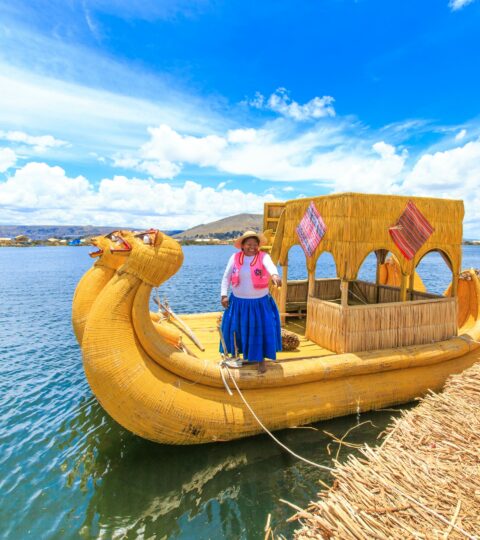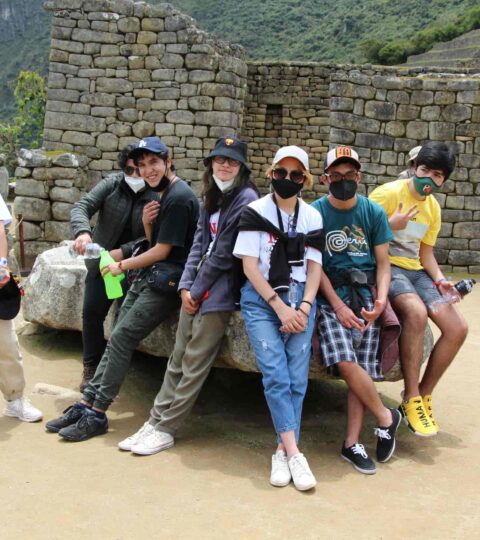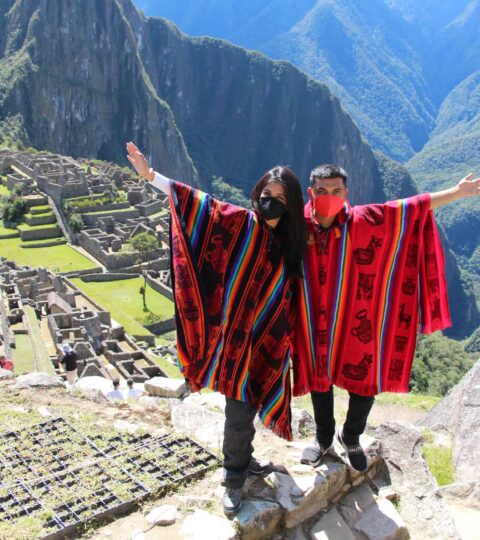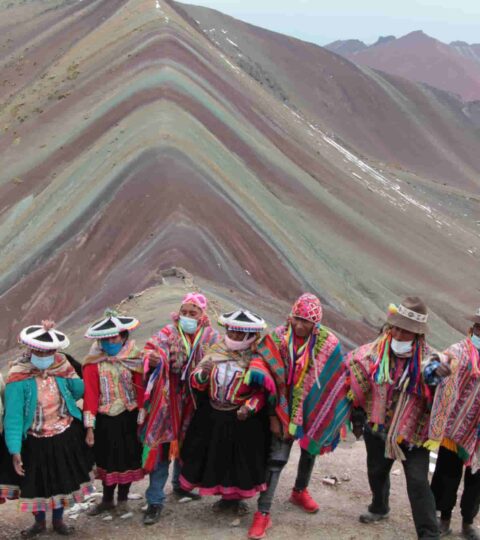The Imposing Fortress of Sacsayhuaman
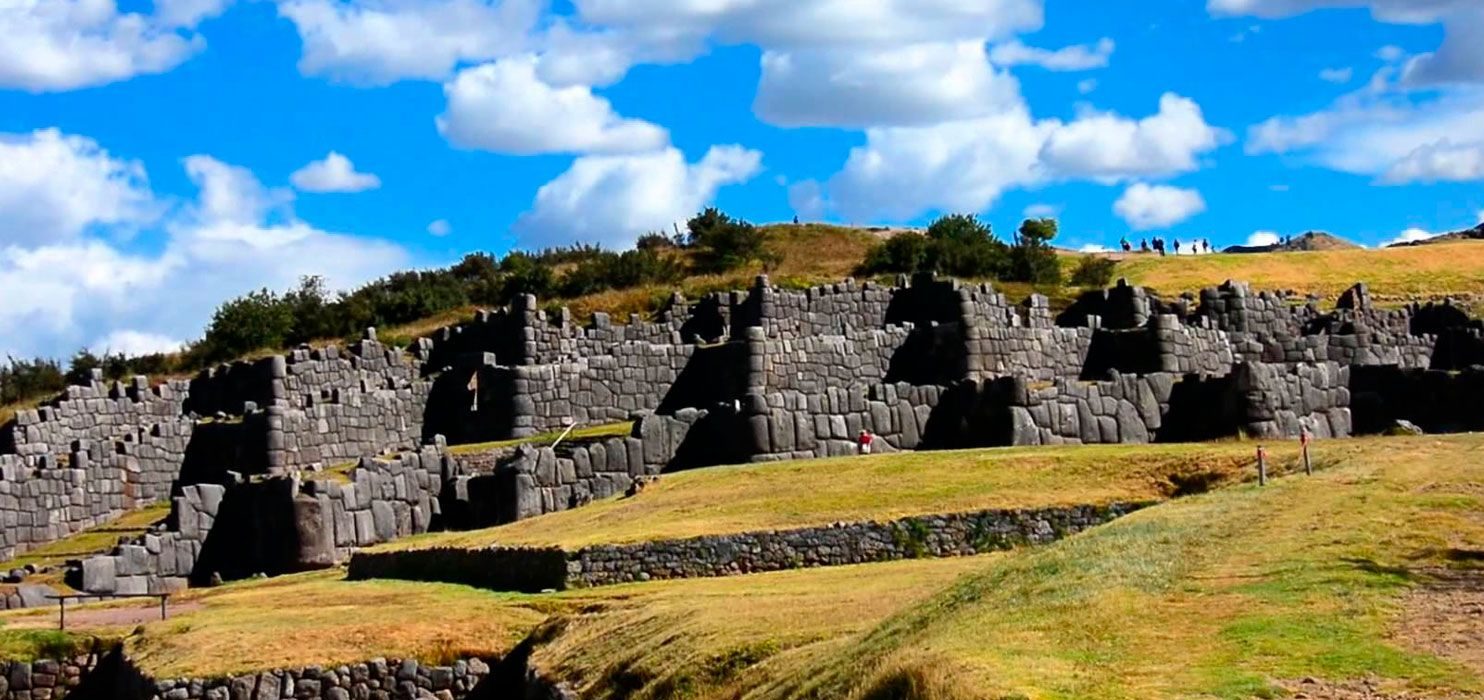
Tour Sacsayhuaman
The origin of its Quechua name in Spanish means “hawk satisfied”, because from this point you could watch the capital of the Inca Empire. The Sacsayhuaman Archaeological Park serves as a stage for the staging of the Inti Raymi (Sun Festival) that takes place during the winter solstice, every June 24th,Tour Sacsayhuaman.
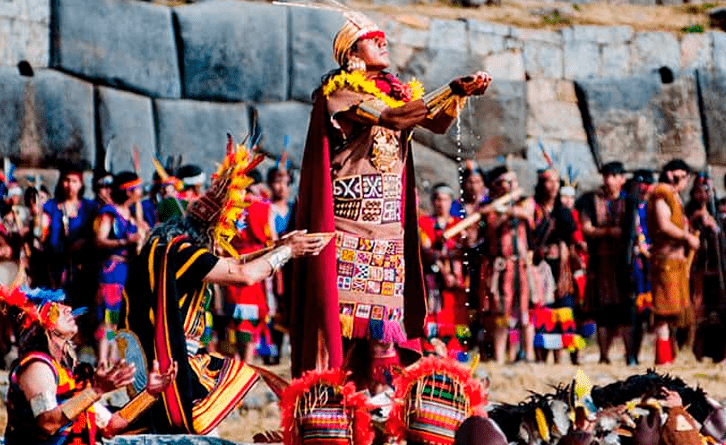
Located 2 km from the city of Cusco approximately, the large blocks of the Sacsayhuamán Archaeological Park, made of granite, measure up to 9 meters high, considered the largest within the Inca archaeological sites. Each of these walls fits without any amalgam. The interior of this construction is identified by its temples, warehouses and water channels more than 200 meters long.
Impressive Inca building, surrounded by huge carved rocks and great vegetation, the Archaeological Park of Sacsayhuaman is a construction that astonishes for its perfect connections between its stone walls. Built between the period of the Incas Pachacuteq and Huayna Capac, currently covers 2,296.76 hectares (source DDC Cusco). Its majesty make it one of the mystic architectural expressions belonging to the Tahuantinsuyo,Tour Sacsayhuaman.
To get to Sacsayhuamán you can take a City Tour with us Machupiccchu Agency and have an unforgettable trip. You can also arrive by taxi or on foot. To get to Sacsayhuaman on foot from the main square, you can do so by going up the street Sweden, turn down Huaynapata and continue on Resbalosa, turn right after the church of San Cristóbal and follow the road. Here, you will join the ancient Inca route to Sacsayhuaman. The climb is steep and takes approximately 30 minutes from the Plaza de Armas.
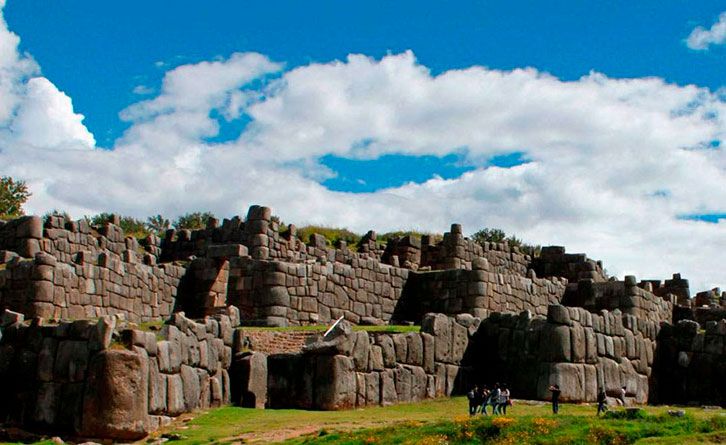
Monuments that make up Tour Sacsayhuaman
Qenko: It is considered a sacred place where ceremonies were possibly held in honor of the Sun, the Moon and the stars. It has a circular amphitheater and rocky stairs in a zigzag pattern. In the inner part it has a table or altar where agrarian rites were performed, in the upper part of this rock there is a series of seats (tianas), steps and carved staircases, a serpentine channel is observed which ends in a circle being the representation of the serpent (amaru), then a feline head and a bird that are elements of religious connotation.
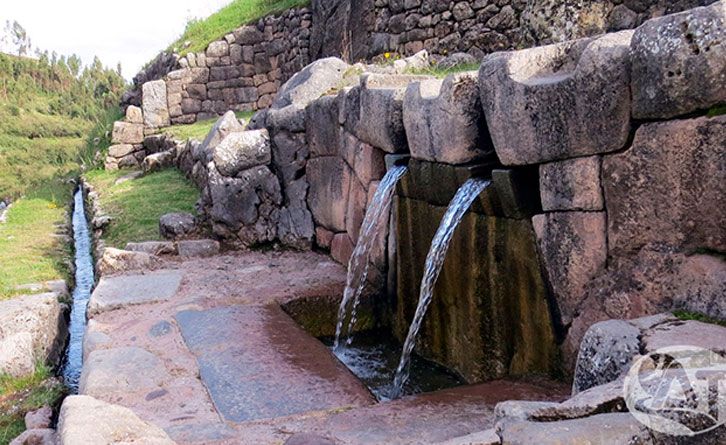
Tambomachay: It would have fulfilled an important religious function linked to water and to the regeneration of the earth. The place has an extension of approximately half a hectare and the material used for its construction was limestone with polygonal style rigging.
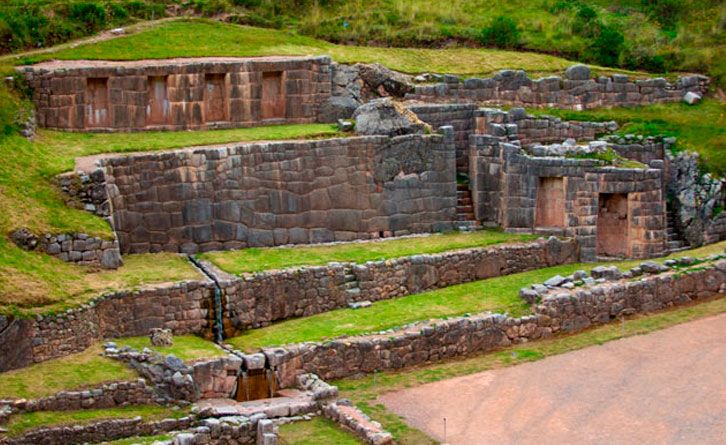
Puka Pukara: The complex has numerous enclosures, interior plazas, aqueducts, watchtowers and roads; It would have served as a tambo or place of rest and lodging. According to the account, every time the Inca was about to visit Tambomachay, he was accompanied by a large delegation that was staying in Puka Pukara. By their appearance they call it a fortress.
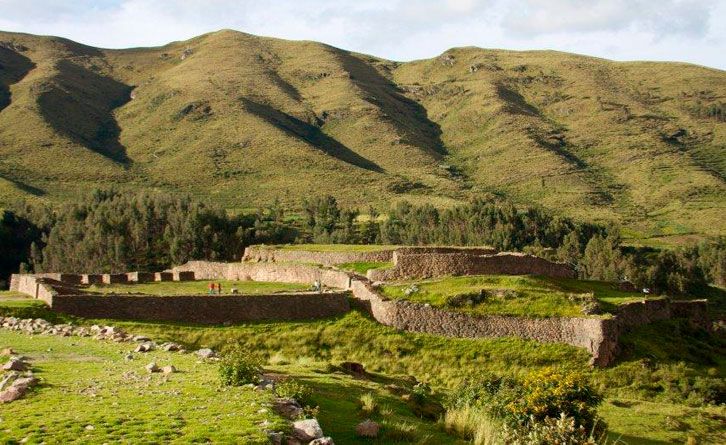
Laqo: It is a large rocky outcrop, one of the largest in the area (150 meters long by 76 meters wide), separated naturally into two large stony portions. Around and on the outcrop there are carvings of geometric shapes like tianas, stairways, etc., which present different orientations and locations, which merit a detailed study at a later date.
for more information about the citadel of Machupicchu (more information).

